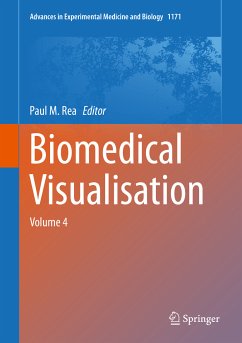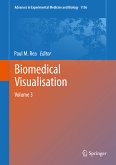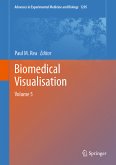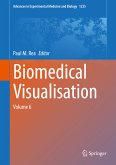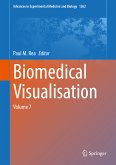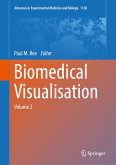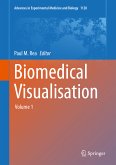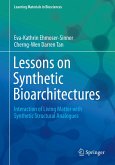This edited book explores the use of technology to enable us to visualise the life sciences in a more meaningful and engaging way. It will enable those interested in visualisation techniques to gain a better understanding of the applications that can be used in visualisation, imaging and analysis, education, engagement and training.
The reader will be able to explore the utilisation of technologies from a number of fields to enable an engaging and meaningful visual representation of the biomedical sciences, with a focus in this volume related to anatomy, and clinically applied scenarios.
The first five chapters examine a range of tools and technologies that can be used in anatomical, medical and bioscience education. This includes screencasting and video for anatomical education; the role of xR visualisations, virtual patients, student centred online e-resources and MOOCs and what the current and future trends in this field are.
The sixth and seventhchapters examine ways to utilise technologies in digital reconstruction, visualisation and anatomical examination to enhance understanding of structures and their relations.
The final three chapters detail how to use technology in engaging patients and the wider public. The first of these chapters discusses a workflow methodology that can be used to create an interactive app for patient's newly diagnosed with pancreatic cancer, and demonstrates how this can be applied to different clinical scenarios. The penultimate chapter shows how an augmented reality tool can be used to educate children about skeletal anatomy and broken bones. The final chapter highlights how technology can be used to engage the public in bioscience education.
The reader will be able to explore the utilisation of technologies from a number of fields to enable an engaging and meaningful visual representation of the biomedical sciences, with a focus in this volume related to anatomy, and clinically applied scenarios.
The first five chapters examine a range of tools and technologies that can be used in anatomical, medical and bioscience education. This includes screencasting and video for anatomical education; the role of xR visualisations, virtual patients, student centred online e-resources and MOOCs and what the current and future trends in this field are.
The sixth and seventhchapters examine ways to utilise technologies in digital reconstruction, visualisation and anatomical examination to enhance understanding of structures and their relations.
The final three chapters detail how to use technology in engaging patients and the wider public. The first of these chapters discusses a workflow methodology that can be used to create an interactive app for patient's newly diagnosed with pancreatic cancer, and demonstrates how this can be applied to different clinical scenarios. The penultimate chapter shows how an augmented reality tool can be used to educate children about skeletal anatomy and broken bones. The final chapter highlights how technology can be used to engage the public in bioscience education.
Dieser Download kann aus rechtlichen Gründen nur mit Rechnungsadresse in A, B, BG, CY, CZ, D, DK, EW, E, FIN, F, GR, HR, H, IRL, I, LT, L, LR, M, NL, PL, P, R, S, SLO, SK ausgeliefert werden.

